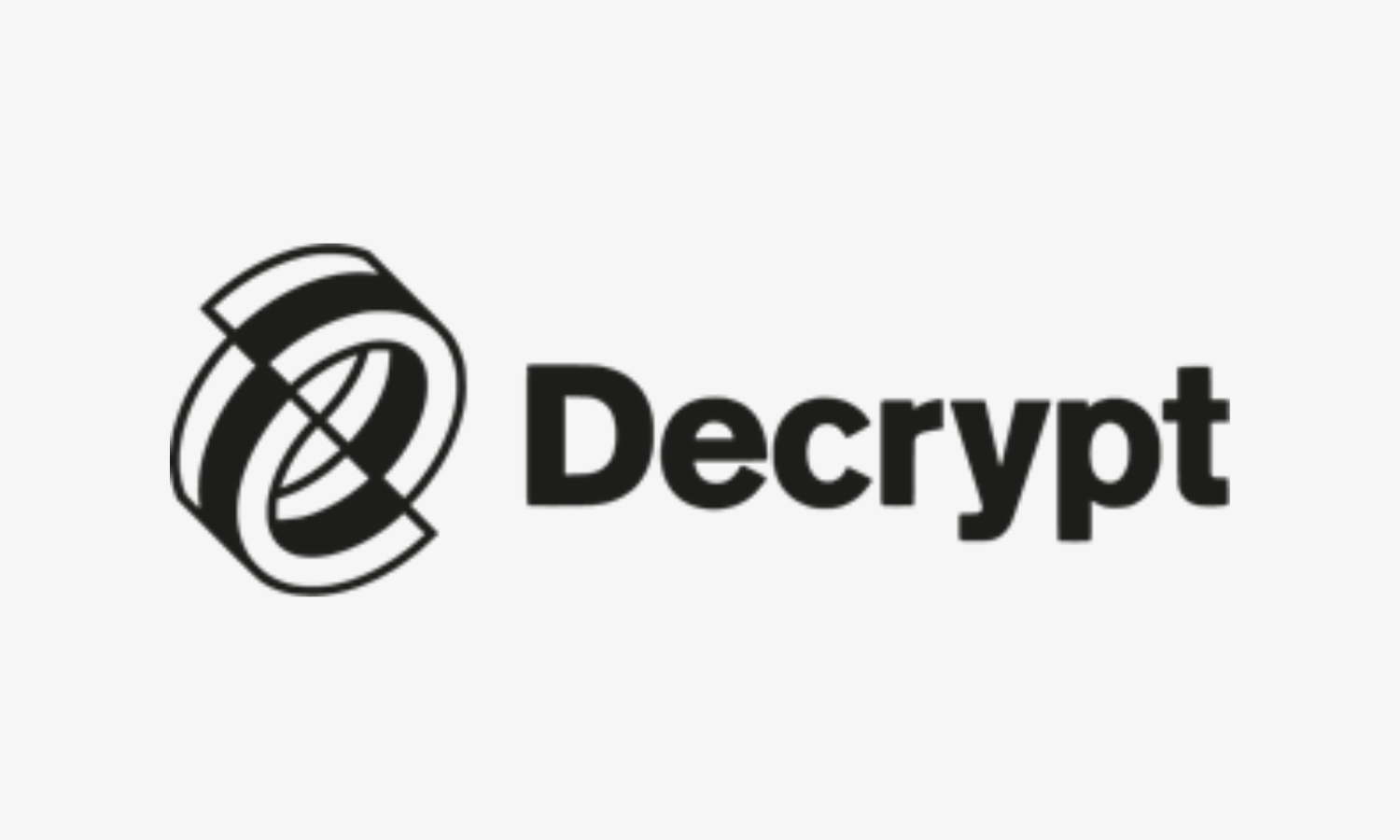Ethereum ETFs Could Lead to ‘Serious’ Security Risks, Say Experts

Experts are warning of the looming threat that the newly approved U.S. spot Ethereum ETFs could pose if staking is ever introduced.In a crucial bid to push the approval process over the line, Ethereum ETF issuers dropped language regarding the staking of customer ETH.When the network transitioned to a proof of stake consensus in September 2022, it required ETH to be locked up in a process called staking. The staked ETH belongs to validators who help to secure the network. They’re rewarded for staking their ETH, but can be penalized if they don’t verify transactions on time.Centralization concerns have arisen in the past when single validators gained control of large portions of staked ETH. At time, people have even compared liquid staking provider Lido to a “cartel” when it swelled in size.“Removing staking language from ETH ETF applications was a move to appease the SEC. But this short-term solution could cause a long-term problem.” Ganesh Swami, CEO and co-founder of blockchain data analytics company Covalent, told Decrypt, “If multiple ETFs use the same custodians, this type of centralization would cause concentration to increase, exposing the network to operational risks such as malicious collusion.”Taking a look at the U.S. spot Bitcoin ETFs, we can see that Coinbase is the custodian for 90% of the total assets. While this poses an obvious centralization risk already, adding staking to the equation, well, ups the stakes.“Staking ETH ETFs are not a new concept, they exist in other countries, but clearly the U.S market brings a much larger scale,” Andrew O’Neill, analytical lead on digital assets at S&P Global, told Decrypt. “The risk in that case is that if ETFs are concentrating their stake with a small number of custodians, this could create validator concentration risks in the consensus mechanism.”Coinbase, which is already the second largest Ethereum validator, is currently set to be the custodian of at least six out of the nine firms planning to launch an Ethereum ETF. If we see similar interest as we did with the U.S. spot Bitcoin ETFs, which as a group currently have a market capitalization of $54 billion, this concentration of power could pose a security risk.“You can measure concentration risk by the number of nodes a single entity would need to control the chain. The lower that number, the higher the central point of failure.” Mona El Isa, CEO and co-founder of institutional DeFi company Avantgarde Finance, told Decrypt, “If any party amassed that much control, they could potentially alter the state of the blockchain itself. That poses serious risks to security.”It appears that staking was removed from Ethereum ETF applications due to the SEC’s view that staking is equivalent to a securities service. It’s not without precedence. The SEC has sued companies, like Kraken and Coinbase, to stop them offering staking services to U.S. customers.As staking is currently not allowed for ETF providers or custodians, there are no guidelines put in place to reduce the potential centralization and concentration risks that could be looming.Edited by Stacy Elliott.

Published on Other News Site


















